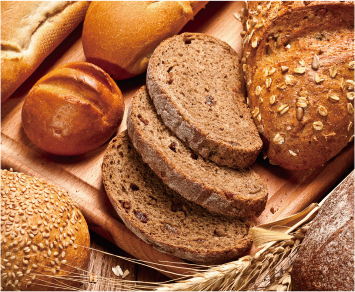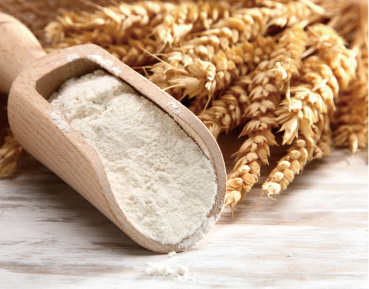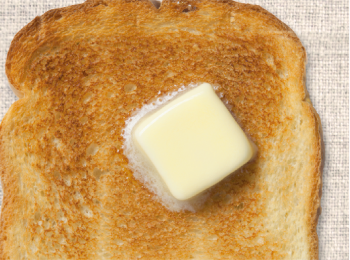
The word “bread” conjures images, textures, and tastes that almost everyone can recognize. Around the world there are many varieties of bread and most share a common trait: They have salt added to the recipe.
The basic ingredients used to make bread are flour (bread flour or a high-gluten flour), yeast, salt, and water.
Adding water and kneading the flour causes the protein contained in the flour to become sticky and elastic. The yeast is indispensable for making the bread dough rise.
Just what sort of role does salt play when it comes to bread?
Most bread is not particularly salty, but there is a huge difference in taste if no salt is added to the recipe. Bread made without salt is bland and tasteless. Salt helps to enhance the “bready” flavor. Additionally, salt helps to stabilize the two types of protein in the flour. This allows the bread dough to firm up. Salt also helps prevent unwelcome bacteria from invading the dough.
Of course, if an excessive amount of salt is added to bread dough, it can kill the yeast before it has a chance to make the dough rise. Balance is important and many experts say that 2% salt is ideal for most bread recipes.
#1. It allows you to confirm whether or not the salt is uniformly distributed throughout the dough.
#2. It allows you to confirm whether or not you may have forgotten to add salt.
We recommend the PAL-SALT PROBE.It is extremely useful, because you can press the probe directly onto the bread dough to measure the salt concentration.
In addition to baking home-made bread, if you like to make your own jam, you can monitor the sugar content with a Brix refractometer.
If you wish to measure the pH of yeast or dough, we recommend using a pH meter.
The units we can recommend depend on the type of sample you are measuring. Please contact us if you have any questions.



